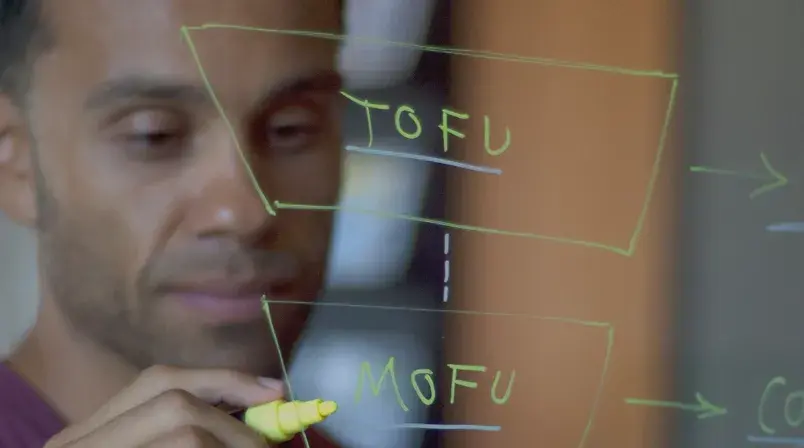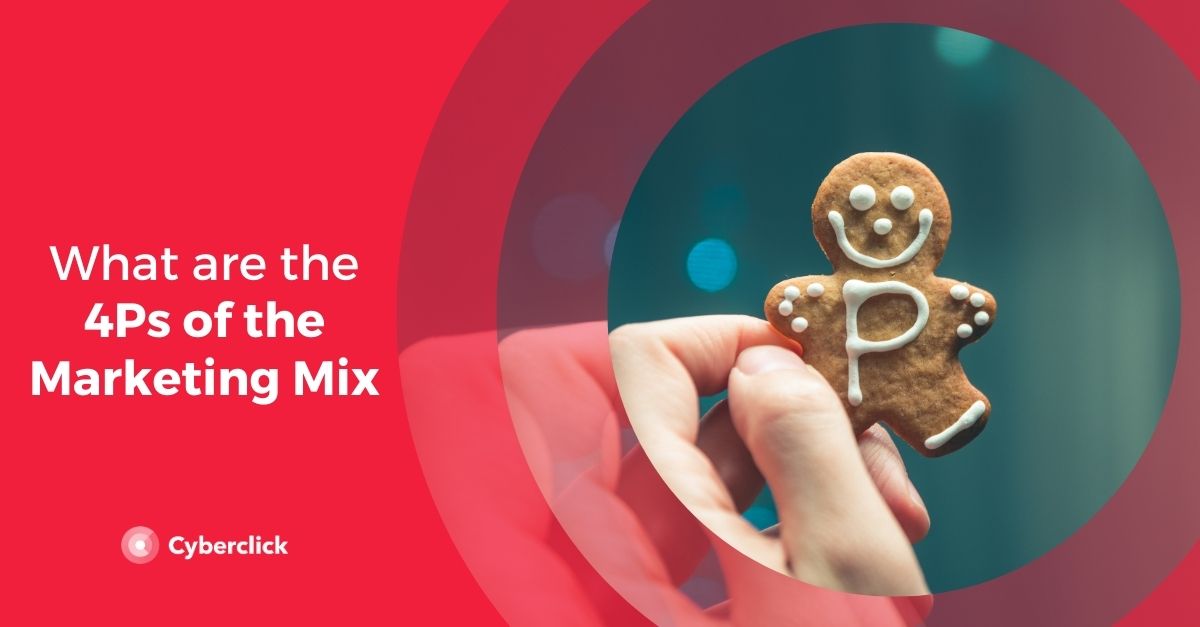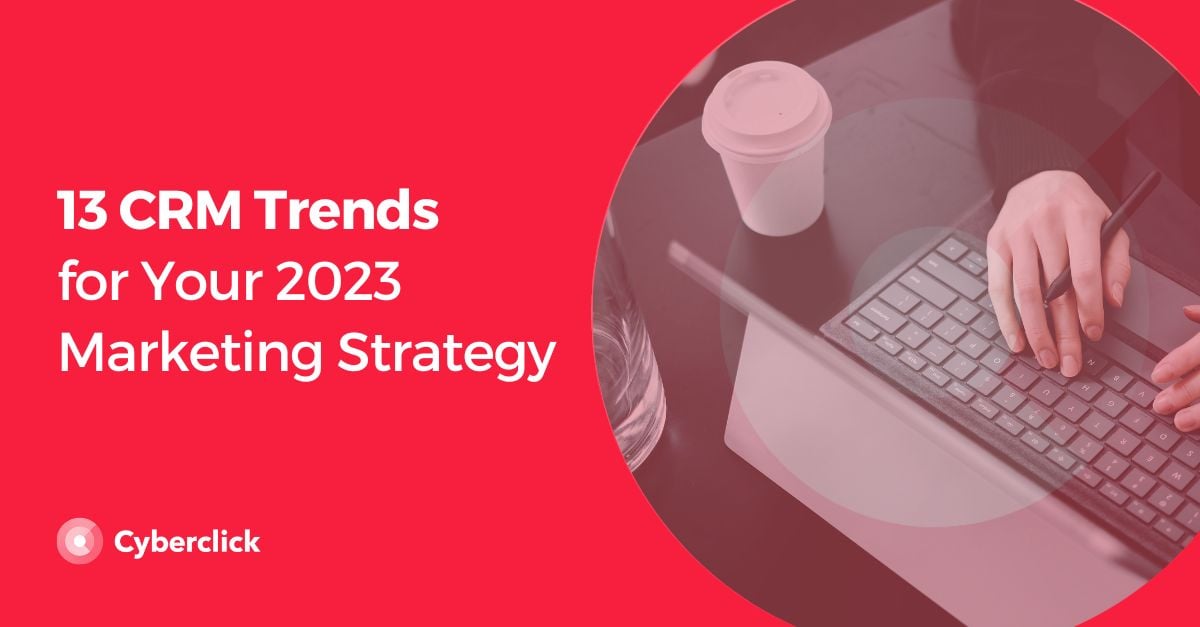Inbound marketing and content marketing have always gone hand in hand.
Content attracts users to a brand and accompanies them step by step on their journey to conversion.
But not all content serves the same purpose. Each phase of the conversion funnel has certain types of content that best fit the needs of the users at that point in their buyer journey.
Getting the content right will set up your leads to properly flow along the journey and improve the results of your entire inbound marketing. Let's review which types of content fit best at each stage of the conversion funnel.
Inbound Marketing Content for the TOFU Phase
The TOFU or "top of the funnel" phase is the first stop on the customer's journey through the conversion funnel. In this initial phase, the user has identified a need and is looking for a way to meet it.
For example, let's imagine that you are selling productivity software. At this point, your ideal customer has realized that they are not making the most of their workday and are conducting searches about time or project management, like "how to better organize my time".
In the TOFU phase, the user is not yet considering acquiring any specific product or solution, but instead gathering information. The right content to reach them has to answer their doubts in a more generic way. Some examples:
- Blog articles. Having a well-positioned branded blog is a fantastic way to attract traffic to your site and to capture users from the top of the funnel, Create articles aimed at responding to the general needs of the user. In particular, "5 reasons to..." or "7 mistakes you shouldn't make" type listings usually work very well.
- Guides and tutorials. Guides and tutorials seek to offer a complete answer that positions your brand as experts in the sector. In addition, this type of content works very well as a lead magnet.
- Checklists. Checklists are quite easy to create and are very attractive to users, since they combine graphic and written elements. Besides, we all love to cross things off a list and feel productive!
- Infographics. Infographics are very useful to show complex topics at a glance and are among the most shared contents by users. And if you can also incorporate some interactive elements you will have a better chance at grabbing your audience’s attention.
Inbound Marketing Content for the MOFU Phase
In the MOFU phase (middle of the funnel) the user already has a clearer idea of what they want (in our example, a productivity app) and is evaluating different options, including yours.
At this point, you have to start offering more specialized content with the objective of convincing the user to give you their data and become a lead. These are the formats that work best at this stage:
- Expert interviews, either in written format (through your blog), videos, or in a podcast. Podcasts are a very versatile format, since they can be used to attract users in both early stages or in the middle stages to consolidate their relationship with the brand or even to build their loyalty through regular content.
- Questions and answers that can solve user doubts about your solution.
- Video demonstrations of your product or solution. Video content is very attractive for users and allows them to visualize in a very direct way the benefits and uses of your product or service.
- Ebooks that specify in detail the solution to a specific user problem.
- Testimonials and case studies. Seeing the experiences of people with similar needs makes the user identify with them and take better consideration of your brand.
- Opinions and recommendations. User-generated content has the added advantage of transmitting authenticity without having to invest resources in the creation of content. Opinions and recommendations is the best kind of user-generated content (UGC).
Inbound Marketing Content For The BOFU Phase
Finally, there is the BOFU or "bottom of the funnel" phase. This is the "narrowest" stage of the inbound marketing funnel. Only users who have considered the options available and are still interested in your brand will reach this stage.
In this phase, the objective is to both close the sale and to generate brand loyalty.
To close the sale, we have to focus on making the user an offer he can't refuse. It is also a good idea to offer highly personalized services. Following our earlier example, we could attract users with a one-to-one productivity consultancy adapted to their needs.
- Free samples. You can carry out a campaign in which users give you their data and you physically send them a test of your product, or free access to your product or service, in the case of digital products.
- Trial periods. This would be a free sample, but focused on a specific period of time. Initially, it can be difficult to sell a new product or service if the user has not been able to try it. So you can give access for a certain amount of time to let users try it out for themselves. If your product solves their problem or need, it will be much easier to convince a lead to convert.
- Personalized offers. Free samples and free trial periods are much more generic and are usually open to all users who want them. But, you can be more selective and only give these offers to interested potential customers. Thus, you offer the added value of personalization and VIP customer perception. Another idea is to offer your existing customers a personalized offer for them, so that they buy from you again. It is always easier for an already successful consumer to buy from us than a new one.
- Freemium. Let any user install your app or tool for free. And then have premium options that must be paid for in order to access them.
- Free consulting. You can offer a short consultancy, between 15 or 30 minutes, in which you analyze the user's problem and give him/her advice on how to improve it.
- Success stories. A very useful tool in the phases closest to the sale is to offer success stories, so that the potential client sees the benefits that can be obtained with what you offer.
Inbound Marketing Content to Build Consumer Loyalty
In the loyalty stage, content still plays an important role. Not everything ends with the sale. The sales funnel can start again by encouraging customers to purchase a new product or upgraded service.
Here are some ideas to create content that generates customer loyalty:
- Newsletters. Yes, newsletters are still effective. The key is that the content is correctly segmented according to the different profiles in your database and, above all, that they are of high quality. When in doubt, it is worth increasing the time between mailings so as not to sacrifice quality.
- Exclusive content. One of the keys to loyalty is to make customers feel special, and to do this there is nothing like giving them access to what no one else has.
- Content that reinforces brand values and a sense of community. If a user feels part of a like-minded group, they will feel more valued and be more invested in your brand.
- Personalized content to celebrate special occasions: Holidays, anniversaries... Try to add a twist to the most typical occasions and continue surprising your most loyal customers.
I hope this article has been useful to you and that you see more clearly what kind of content is useful to you in each phase of your inbound marketing process.
Responsable de la estrategia de contenidos y visibilidad en Cyberclick, con enfoque Allbound y especialización en posicionamiento SEO, GEO y automatización con IA. Gestión avanzada del CRM con HubSpot: base de datos, workflows, lead nurturing, scoring y reporting. Experiencia en marketing digital, comunicación corporativa y periodismo, uniendo estrategia, creatividad y tecnología para captar y convertir leads cualificados.
Responsible for content and brand visibility strategy at Cyberclick, with an Allbound approach and specialization in SEO, GEO (Generative Engine Optimization), and AI-powered automation. Advanced HubSpot CRM management: database segmentation, workflows, lead nurturing, scoring, and reporting. Background in digital marketing, corporate communications, and journalism—combining strategy, creativity, and technology to attract and convert qualified leads.






Leave your comment and join the conversation